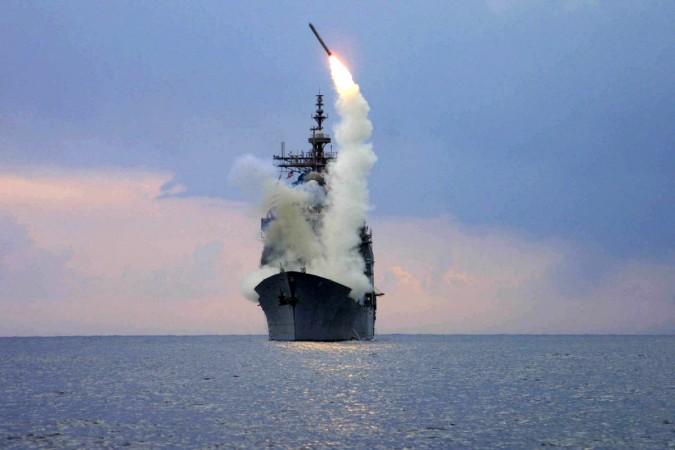
The US Navy and defence major Raytheon have completed two new tests on one of the most popular yet deadly cruise missiles in the US armed forces inventory, the Tomahawk cruise missiles. These tests have shown the US' ability to hit time-sensitive targets.
"Tomahawk's tactics and procedures have evolved to support the new missions that are being assigned to the weapon," said program director Dave Adams. "Tomahawk continues to serve and rapidly deliver urgently needed capabilities to the Fleet," he added.
In the first test, personnel from the USS Pinckney launched the missile using the Launch Platform Mission Planning capability and based on data provided by United States Fleet Forces Command in Norfolk, Virginia. The Tomahawk missile completed the test by following a pre-planned route.
In the second test, however, US Navy personnel used dynamic LPMP capability for longer-duration mission. The mission ended in terminal dive manoeuvre to strike the target. This gives US Navy the capability to attack and take out targets that are heavily defended and in any place of the globe.
These tests were performed on Block IV, the land attack missile. Block IV has deep-strike capabilities and is supposed to have real-time targeting system, upgraded communications, a more powerful warhead and ability to transmit image before impact.
Tomahawks can reach speeds up to 890km per hour and have an operational range of about 1,000km. Tomahawk are long-range, all weather cruise missiles.








